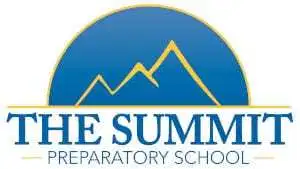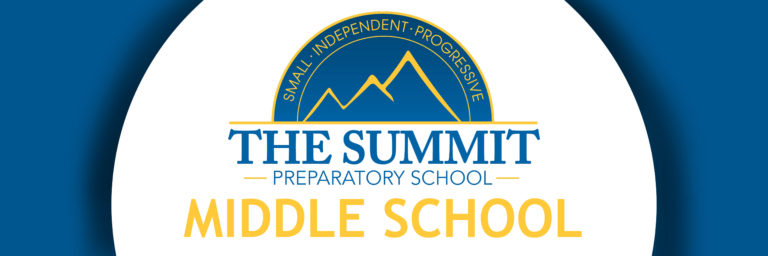World History
Middle school students have been studying early chiefdoms and kingdoms in Africa and the Americas over the past few weeks. As we examine cultures such as Meroe, Axum, the Mayans, and the Inca, students are working to make connections across time and place. We also started the year with an increased focus on geography practice, with a daily practice of at least one region.
From here, we’ll move back to the Middle East to learn about the Byzantine Empire and its impact on the post-classical era. We’ll take time to compare Roman law to Justinian’s Code, in addition to examining the governing structure, architecture, and religion of an empire at the crossroads of Europe and Asia.
History Bowl
With a new competition date due to the snow days, students competing in the 2024 History Bowl have been given almost an additional month to study and prepare their various categories. Many students have made great use of the Friday PowerHour to study what they’ve committed to and work on communication within their teams. They’re getting excited to put their knowledge to work for them soon.


